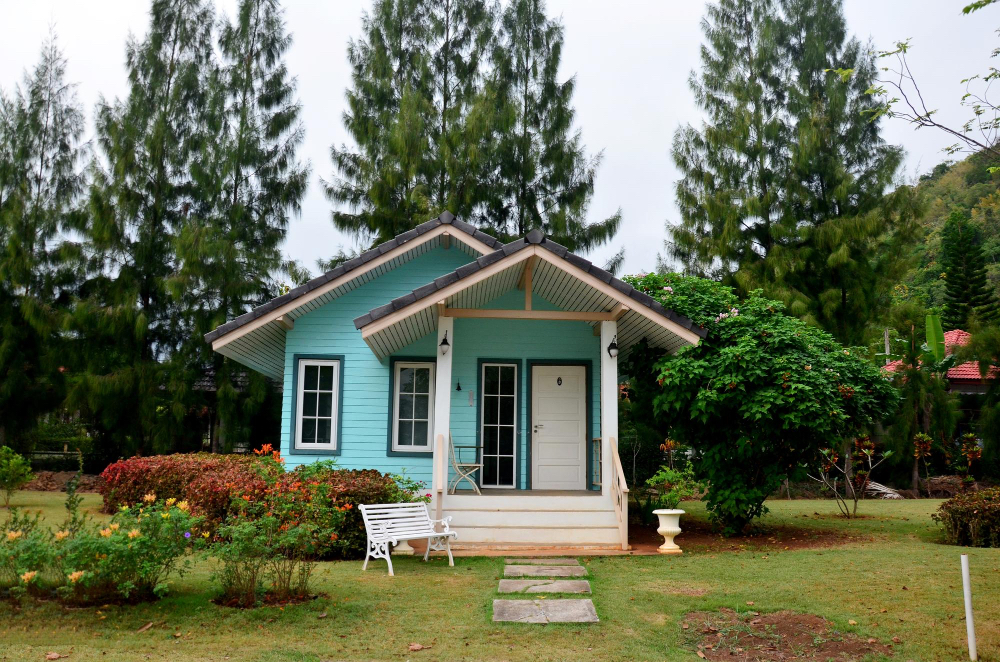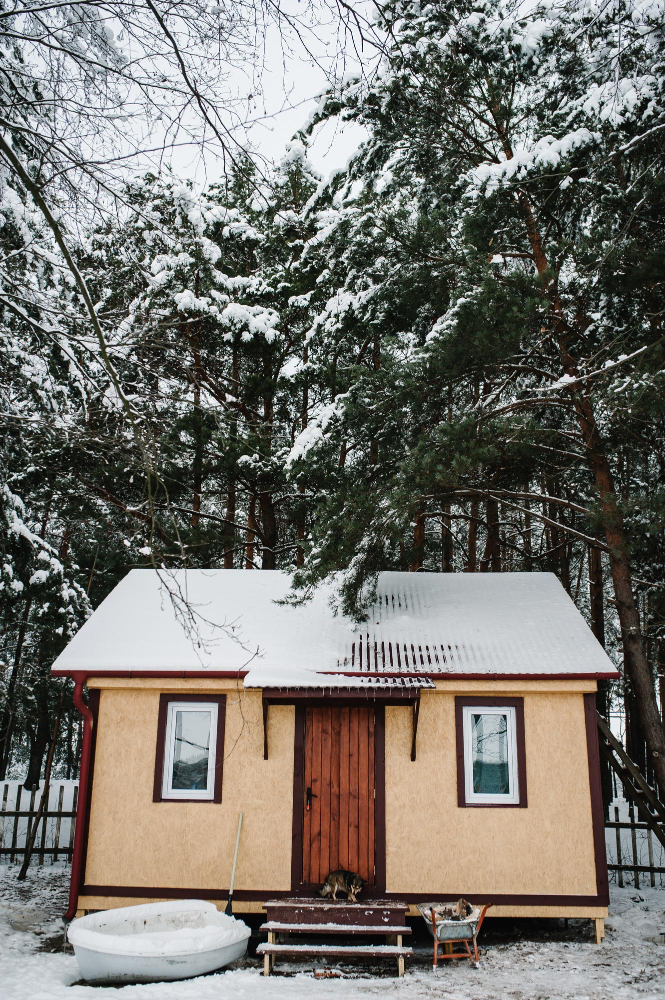Last updated on
Tiny house living offers many advantages, including sustainability, less clutter, more mobility, and fewer maintenance requirements. However, living in a tiny house isn’t maintenance-free. You’ll still need to complete certain tasks to keep your tiny home in good condition. Here are a few things to add to your to-do list.
What's Inside
Ensure Even Leveling

Since most tiny homes aren’t built onto a foundation, you’ll want to regularly check that your home is level. Otherwise, you may notice that the uneven home structure affects water runoff and window use. The front door may get stuck when opening and closing it. You may even notice that your home’s cabinets don’t open and close as they should.
Ideally, you want to place your tiny home evenly. However, even if the ground shifts or you don’t notice the uneven leveling for many months, it may not be too late to fix it. Levels can sometimes fix minor uneven conditions. An RV leveling system can be useful depending on your tiny home setup.
Inspect Your Roof
A tiny house may be tiny, but it still needs a roof. Your roof is important to your shelter and the overall protection of your home, making regular inspections an important to-do task. Try to remove as many leaves and other debris from your roof following heavy rainstorms as possible.
Make sure there isn’t any water pooling on the roof, which could eventually lead to your roof or windows leaking. Take close note of the home’s siding, specifically for any separating paint or cracking caulk.
Be sure to also check for window leaks. The easiest way to identify a window leak is to pay attention when it’s raining. If you notice a leak, make sure you take care of it as quickly as possible. Left untreated for even a few hours, water damage can lead to expensive mold damage. While a tiny home may have less square footage to damage, even a minor amount of water or flooding can significantly affect your home’s safety.
Winterize

If you live in a cold weather climate, you may need to winterize your tiny home for colder weather. This is especially true if your appliance or plumbing lines run beneath the house and are exposed to the cold weather. When the weather drops below freezing, you may want to let your faucets drip slowly to prevent the lines from freezing.
Having a climate-controlled tiny house that works optimally is also important to ensure the pipes inside your home don’t freeze. Portable heaters can also be useful for navigating the Pacific Northwest’s cold winters with tiny home living.
Check Humidity Levels
Smaller homes tend to have higher humidity levels, so checking moisture and condensation is important. Too much moisture in the house can lead to mildew or mold. A few great ways to keep track of your home’s condensation levels include using a moisture measurement tool, keeping up with regular maintenance, and ensuring proper airflow.
Ideally, you want your home to have between 45% and 50% humidity. Keeping your home’s exhaust fans in good working condition is also important in controlling humidity levels in your tiny house. While the best schedule for your home depends on your tiny home materials and the moisture levels in your area, you should clean your exhaust fans at least every six months.
Pest Inspections
The thinner walls and lack of foundation can lead to more pests coming indoors in a tiny house. Regular pest inspections can help prevent this from occurring and also ensure you take care of any pest problems before they cause any expensive or dangerous damages.
If you notice a few pests coming indoors, try to find their entrance point. Sealing this point can help prevent an infestation from getting worse. You may need to add more caulk and fix any wall cracks to block out pests or rodents, too.
Of course, where your tiny home is placed will also play a role in the frequency and type of pests or rodents you get. Ideally, you’ll want to create a pest-free management plan before moving into your tiny home since prevention is always cheaper.
Inspect and Clean Your Water Filters
Some tiny homeowners are surprised to learn that they have water filters. These filters require ongoing maintenance to ensure your varying water sources are clean. If you plan to live off-grid, you may rely on water tanks to supply you with water. These tanks need to be regularly cleaned, and any associated filters also changed.
Keeping up with routine maintenance on your tiny home will ensure it’s comfortable and efficient. Certain tasks, like roof and window inspections, could also save you a lot of money on prevention. Make sure you’re giving your tiny home the maintenance time it deserves, and you’ll be rewarded with the many perks of tiny home living.




